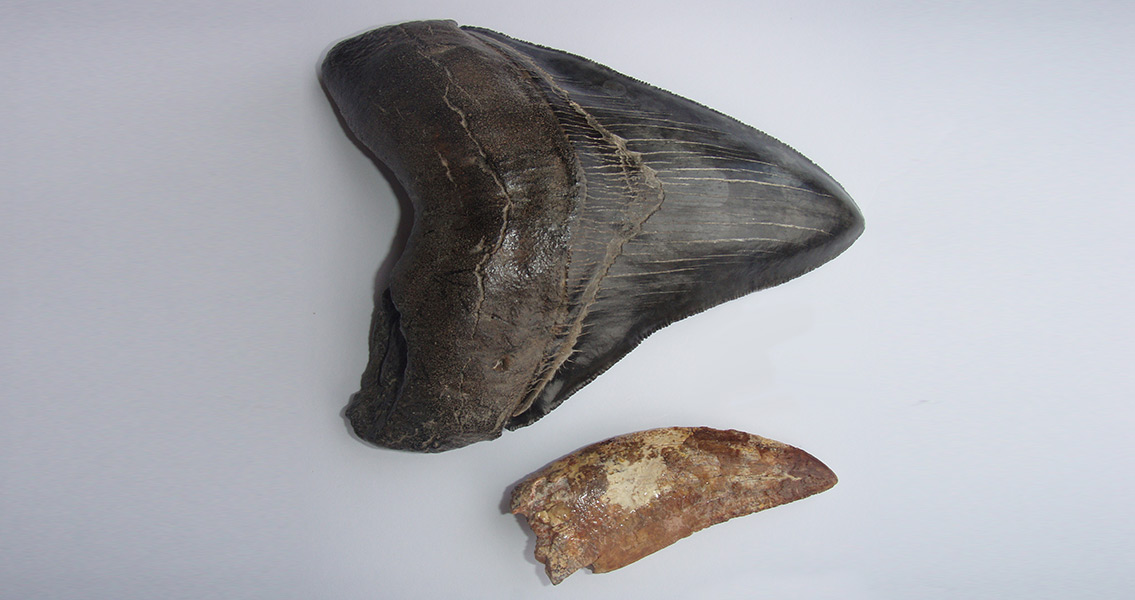<![CDATA[Thanks to a recent spate of high tides and coastal storms battering the Eastern Seaboard, beachgoers have been discovering a new treasure trove of fossilized shark teeth on the shores of North Carolina. According to WITN, an NBC affiliate in the region, some of the teeth have been found at locations such as Surf City and North Topsail Beach. These immense teeth – with some just barely fitting within an adult’s outstretched palm – are very old indeed, according to researchers - scientists say that the species of predator the teeth belonged to was a Megalodon, the mega-shark that roamed waters around 2.6 million years ago. As the biggest shark of all time, Megalodon has captured the imagination, not to mention the collective horror of anyone who’s seen the Jaws movie one too many times. WITN interviewed several fossil experts from North Carolina’s Aurora Fossil Museum, learning that comparisons made between ancient Megalodon teeth and the teeth of modern sharks indicated that every inch in length on a Megalodon’s tooth was equal to ten feet in length overall. In other words, a six-inch Megalodon tooth could indicate an ancient, massive creature which would have been a startling 60 feet in length. These estimations are in line with a study from two years ago that pegged the Megalodon’s maximum size at around 59 feet. Put in perspective, that is around three times as long as the Megalodon’s distant relative, the Great White shark. That’s not the only interesting piece of information to come from the 2013 study on the Megalodon. Apparently the gigantic sharks had an incredibly strong bite as well, with researchers discovering that the jaw of a Megalodon would have been around three times as strong as that of a Tyrannosaurus rex. Additionally, it was discovered that over the course of the Megalodon’s evolution it got progressively larger over time, though the jury is currently out on what drew this larger size out of the shark. Meanwhile, humanity’s recognition of a giant shark as evidenced by its fossilized teeth is a relatively recent discovery. It was just a scant few centuries ago that people who picked up shark teeth that had arrived on nearby shores thought they were picking up fallen moon rocks, or the ancient remains of giant, mythical sea creatures or perhaps even dragons. It wasn’t until 1666 that famed naturalist and forerunner of modern geology Nicolas Sterno made the suggestion that these “tongue stones” were actually organic in nature and not simply inert rock. Meanwhile, paleontologists say that the coast of North Carolina has a well-earned reputation for being a particularly rich source of fossilized Megalodon teeth. Image courtesy of Wikimedia Commons user: Brocken Inaglory]]>
Megalodon Teeth Appear in North Carolina
